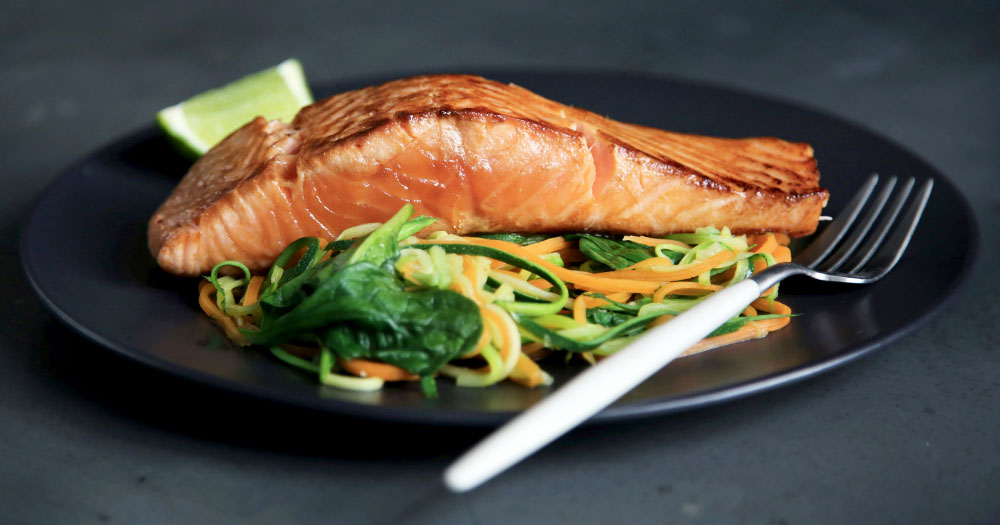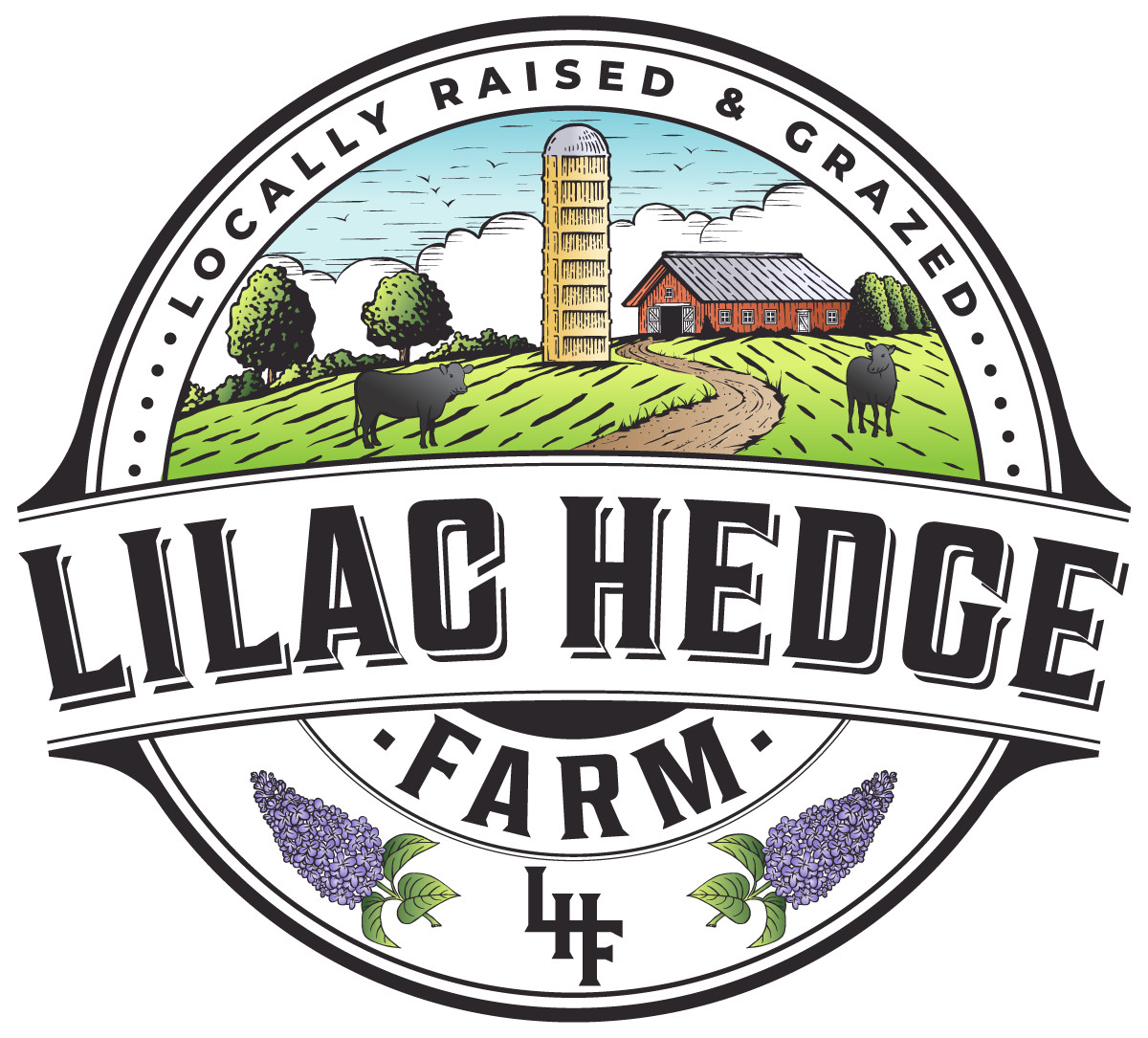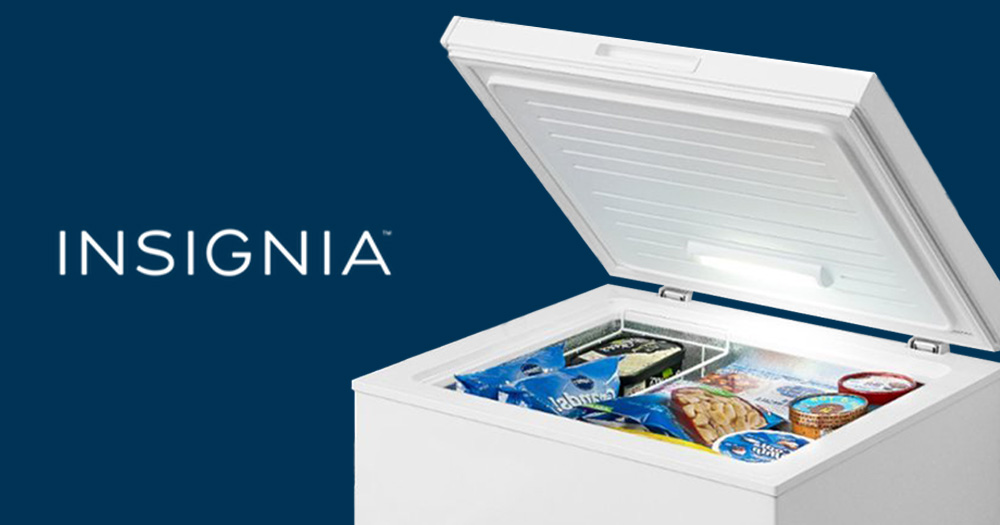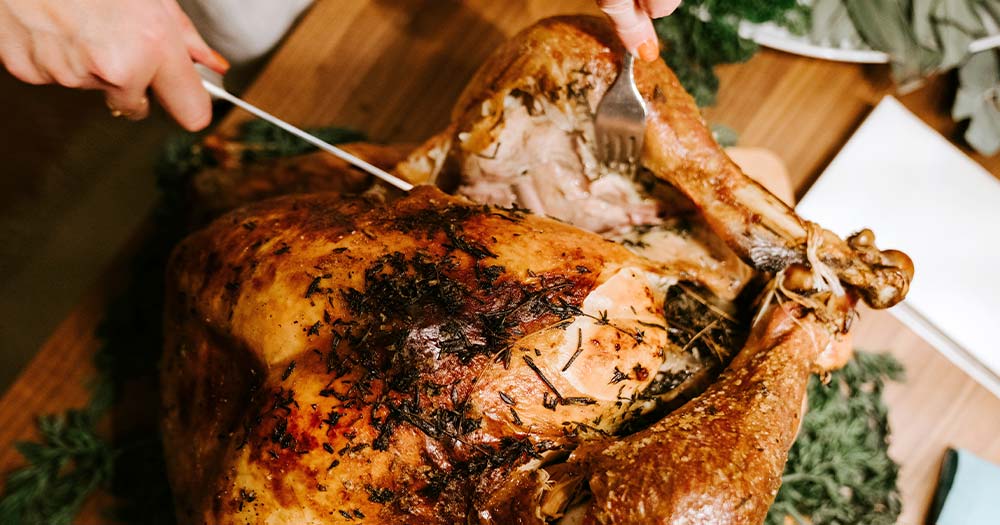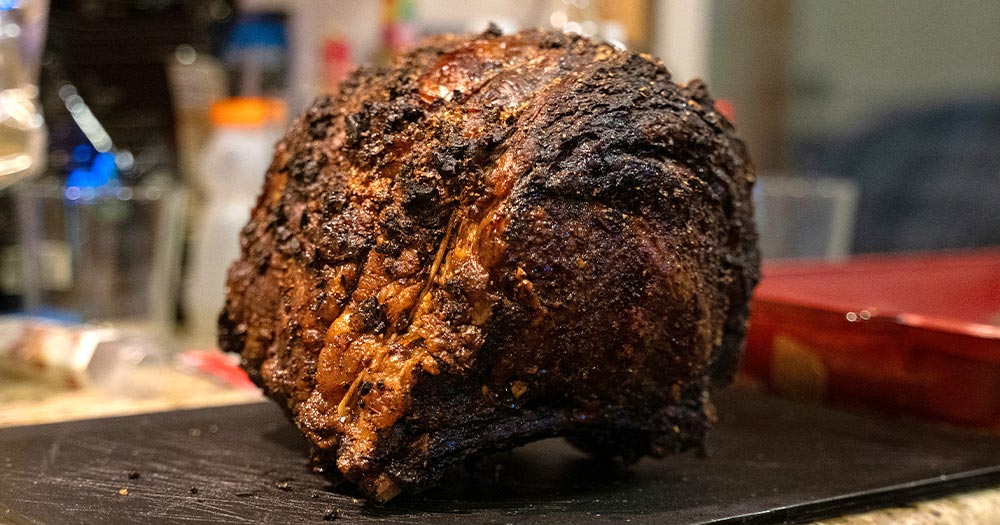Table of Contents
Salmon is a popular and nutritious choice in many diets worldwide, known for its rich flavor and numerous health benefits. However, not all salmon is created equal. There are crucial differences between farm-raised salmon and wild salmon, both in terms of their production and their impact on health and the environment. In this blog post, we will explore the health benefits of wild salmon, shed light on the farming practices of farm-raised salmon, and discuss the potential dangers associated with their consumption.
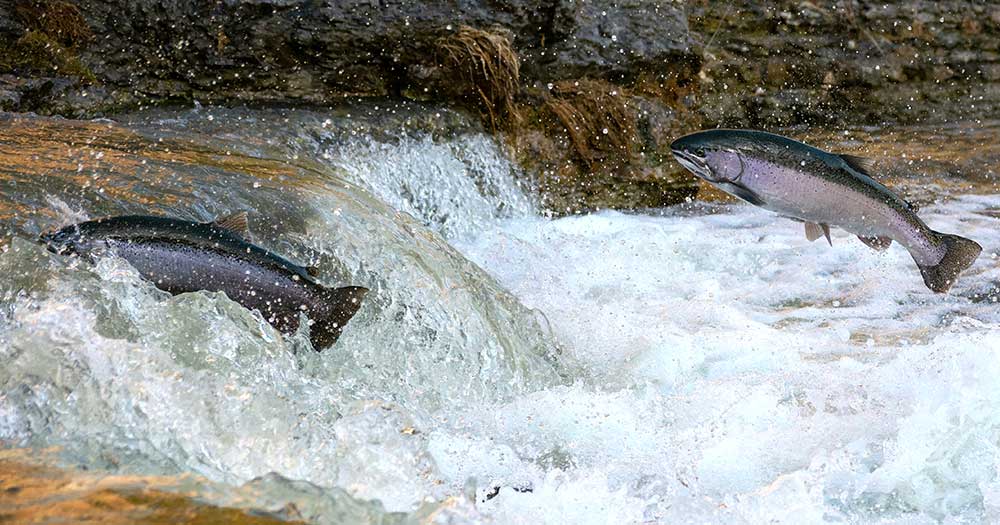
Health Benefits of Wild Salmon:
Wild salmon, specifically Sockeye and Coho Salmon, are often favored for their natural, unaltered attributes. These fish roam freely in the open ocean, consuming a diverse diet of smaller fish, plankton, and other marine organisms. As a result, they offer several health benefits that make them a superior choice compared to farm-raised salmon.
- Nutrient Density: Wild salmon is packed with essential nutrients such as omega-3 fatty acids, vitamin D, and B vitamins. Omega-3s, in particular, are known for their heart-healthy properties, reducing inflammation, improving brain function, and lowering the risk of chronic diseases.
- Natural Diet: Wild salmon’s natural diet ensures a more balanced and nutrient-rich profile. Their diet includes small fish like herring and anchovies, which provide a diverse range of nutrients compared to the artificial diets given to farm-raised salmon.
- Lower Contaminants: Wild salmon typically have lower levels of contaminants like PCBs, dioxins, and mercury because they are not exposed to the concentrated pollutants found in farm-raised salmon environments.
- Leaner Protein: Wild salmon tends to be leaner than its farm-raised counterpart, making it a suitable choice for individuals looking to maintain or lose weight while enjoying the benefits of salmon.
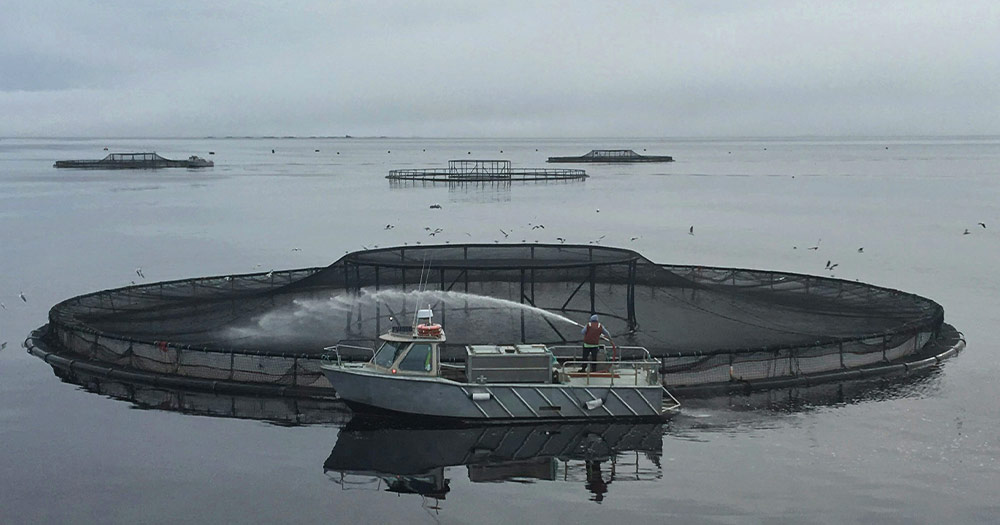
Farm-Raised Salmon: How It’s Raised and Its Dangers:
Farm-raised salmon, on the other hand, are raised in crowded nets or pens within coastal waters, often leading to numerous concerns:
- Diet and Environment: Farm-raised salmon are typically fed a diet of processed fishmeal, fish oil, and other additives. This diet can result in lower nutrient content and an imbalanced omega-3 to omega-6 ratio.
- Overcrowding and Pollution: The high-density conditions in salmon farms lead to an accumulation of waste and chemicals in the water. This not only affects the health of the farmed fish but also poses serious environmental threats to surrounding ecosystems.
- Antibiotics and Chemicals: To combat diseases that spread easily in cramped conditions, farm-raised salmon are often treated with antibiotics and other chemicals. These substances can potentially end up in the fish we consume, raising concerns about their long-term health effects.
- Color Enhancement: Farm-raised salmon’s flesh is often pale due to their unnatural diet. To achieve the desirable pink or orange color that consumers expect, artificial pigments are added to their feed. This raises concerns about the safety of these additives.
The Impact of Farm-Raised Salmon on Wild Fish:
One of the lesser-known consequences of the salmon farming industry is its impact on wild fish populations. The crowded conditions in salmon farms lead to the release of excess waste and uneaten food into surrounding waters. This waste can attract wild fish, which may feed on it, potentially exposing them to toxins and contaminants.
Moreover, the escape of farm-raised salmon into the wild poses a genetic threat to wild populations. Interbreeding between escaped farm salmon and wild salmon can dilute the genetic diversity of wild stocks, making them less resilient in the face of environmental challenges.
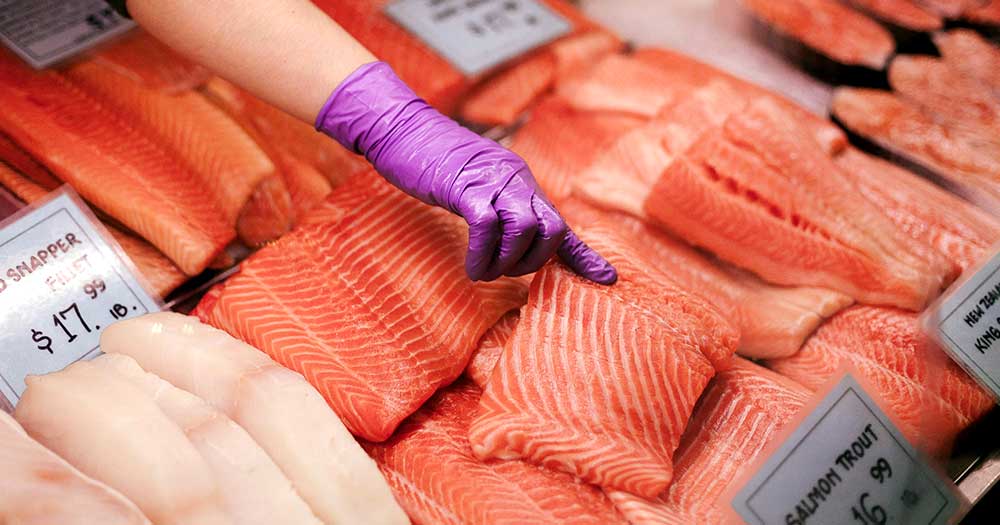
How Farm-Raised Salmon Achieve Their Color:
The color of salmon flesh is a significant factor in its appeal to consumers. Farm-raised salmon achieve their desired color through the addition of synthetic pigments to their diet. Astaxanthin and canthaxanthin are common additives used to mimic the natural coloration of wild salmon. While these pigments are generally considered safe for consumption, they raise questions about the artificiality of the final product.
Reputable Companies for Wild Salmon:
If you’re interested in enjoying the benefits of wild salmon, you may consider purchasing from reputable companies that prioritize sustainability and quality. Some of the recommended options include:
- Crowd Cow: Crowd Cow offers a selection of responsibly sourced, wild-caught salmon.
- ButcherBox: ButcherBox provides high-quality wild-caught salmon in their assortment of premium meats.
- Fulton Fish Market: This market offers a variety of wild-caught seafood, including salmon, with a focus on freshness and sustainability.
- Good Chop: Good Chop is committed to delivering sustainably sourced, wild-caught salmon to your doorstep.
- Wild Alaskan Company: As the name suggests, this company specializes in wild Alaskan salmon, ensuring quality and sustainability in their products.
Cooking and Texture Differences:
The cooking and texture of wild and farm-raised salmon can vary noticeably. Wild salmon is leaner, resulting in a firmer texture and a more distinct, natural flavor. When cooked, it often maintains its firmness and flakes beautifully.
In contrast, farm-raised salmon tends to be fattier due to its diet and living conditions. While this can make it more tender, it may also lead to a somewhat softer texture. The flavor can be milder compared to wild salmon, with some people noting a slightly fishier taste.
Health Considerations:
When it comes to consuming salmon during pregnancy or when trying to conceive, it’s generally recommended to opt for wild salmon over farm-raised. Wild salmon’s lower levels of contaminants and a more balanced nutrient profile make it a safer choice for expectant mothers and those planning to start a family.
However, it’s essential to consult with a healthcare professional for personalized advice based on individual health conditions and dietary preferences.
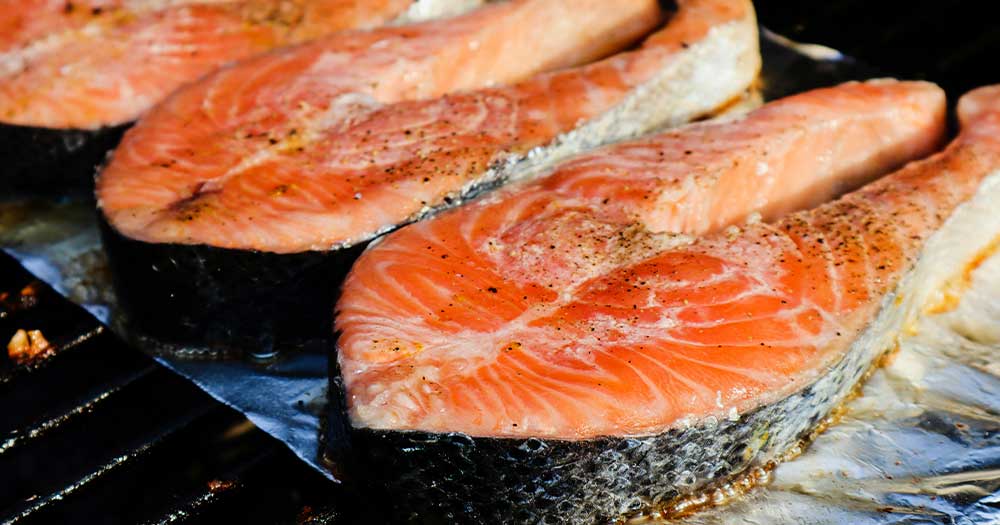
Final Thoughts:
In the battle between farm-raised salmon and wild salmon, the scales tip in favor of the latter. Wild salmon, like Sockeye and Coho Salmon, not only offer superior health benefits but also contribute to a more sustainable and environmentally responsible choice. By choosing reputable sources for your wild salmon, you can savor its natural flavor and reap the nutritional rewards while supporting healthier oceans and ecosystems.
